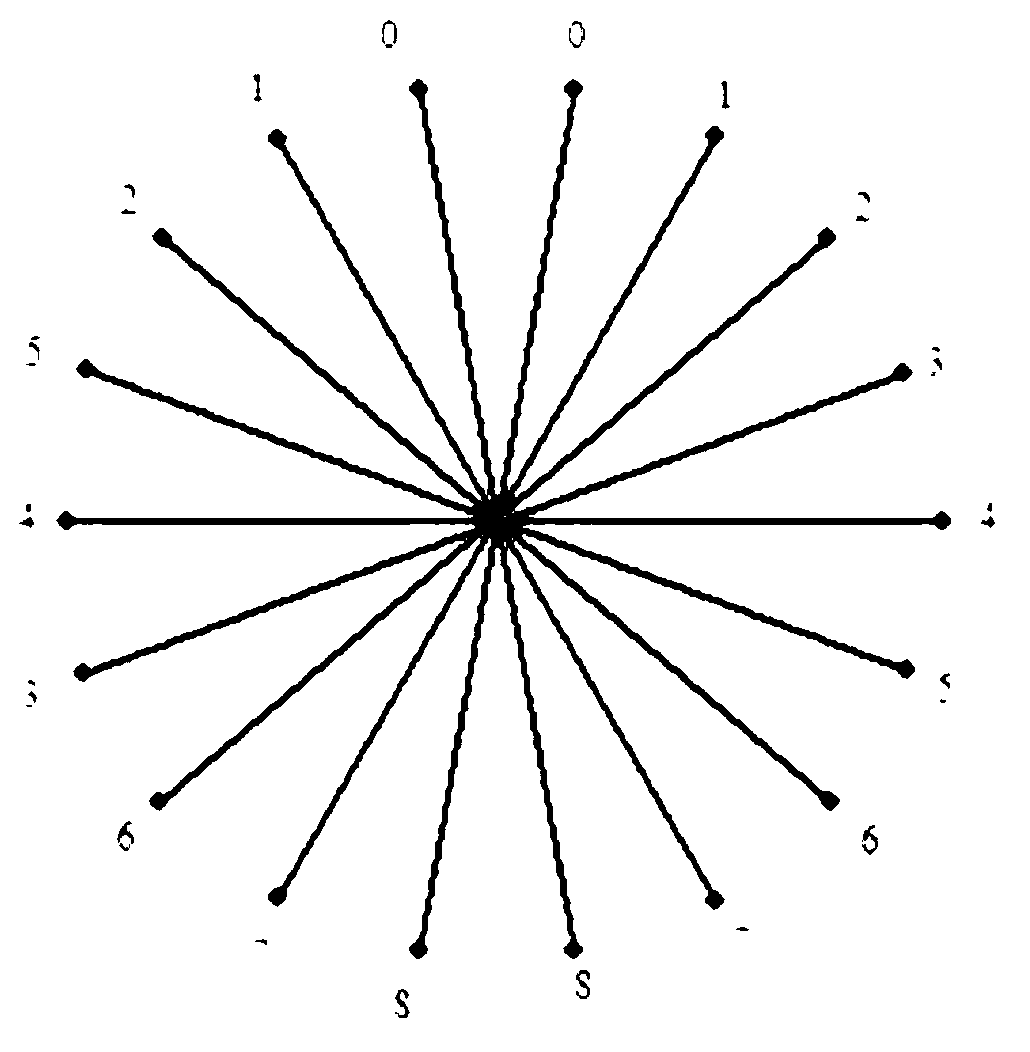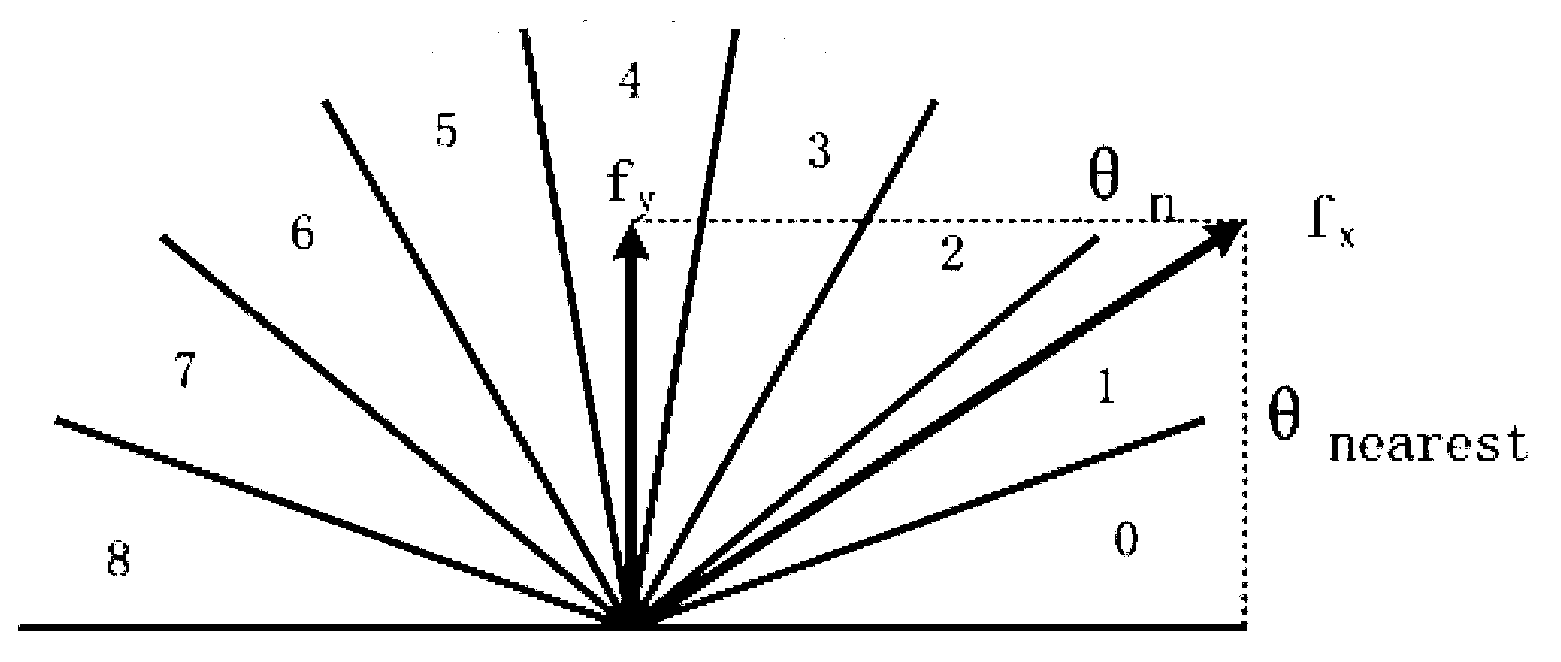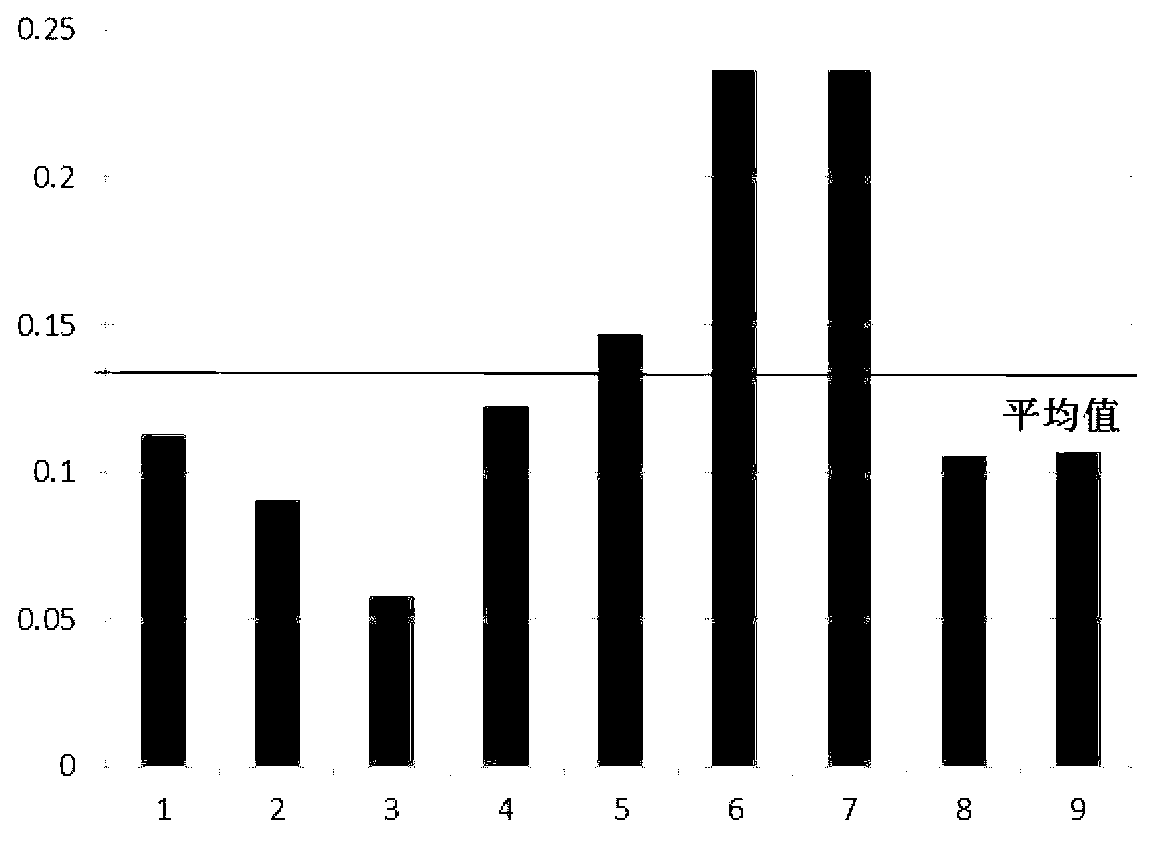FPGA (field programmable gate array) architecture of HOG (histogram of oriented gradient) and SVM (support vector machine) based pedestrian detection system and implementing method of FPGA architecture
An implementation method and pedestrian detection technology, applied in character and pattern recognition, instruments, calculations, etc., can solve problems such as high algorithm complexity, performance degradation, and poor detection speed
- Summary
- Abstract
- Description
- Claims
- Application Information
AI Technical Summary
Problems solved by technology
Method used
Image
Examples
Embodiment Construction
[0065] The present invention will be further described below in conjunction with the accompanying drawings and embodiments. It should be noted that the following description is only for explaining the present invention and not limiting its content.
[0066] FPGA implementation method of pedestrian detection system based on HOG and SVM, including:
[0067] In the input step, an embedded camera collects the image to be inspected, and transmits it to the FPGA chip via the ARM microcontroller. The image to be inspected is a standard RGB565 image with a size of 320×240 pixels;
[0068] In the output step, the detection result after processing and judging the image data by the FPGA is returned to the ARM microcontroller, and finally the ARM microcontroller transmits the portion of the image to be detected with pedestrians to the host computer through the wireless transmission module according to the detection result returned by the FPGA;
[0069] The FPGA implementation method also ...
PUM
 Login to View More
Login to View More Abstract
Description
Claims
Application Information
 Login to View More
Login to View More - R&D
- Intellectual Property
- Life Sciences
- Materials
- Tech Scout
- Unparalleled Data Quality
- Higher Quality Content
- 60% Fewer Hallucinations
Browse by: Latest US Patents, China's latest patents, Technical Efficacy Thesaurus, Application Domain, Technology Topic, Popular Technical Reports.
© 2025 PatSnap. All rights reserved.Legal|Privacy policy|Modern Slavery Act Transparency Statement|Sitemap|About US| Contact US: help@patsnap.com



